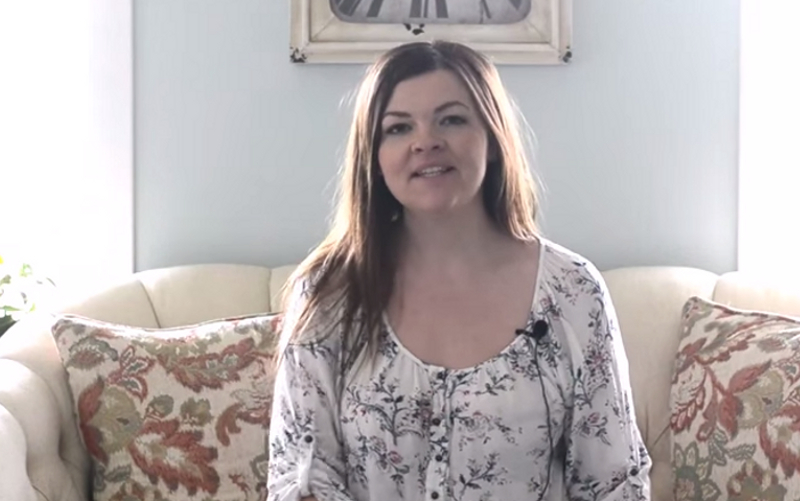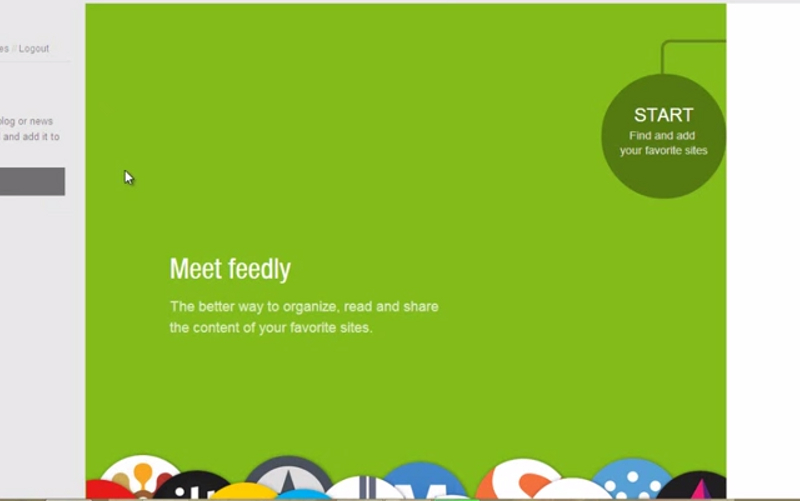An editorial calendar can be a powerful tool to keep your blog going. It can also help you to stay organized and keep your posts (and other work) on track. If you have never heard about an editorial calendar, we want to tell you just what an editorial calendar is. We will tell you why you should use one. Below is our step-by-step guide to creating and using an editorial calendar to make your blog better!
What is an Editorial Calendar?
An editorial calendar is a calendar that shows you all the projects that you are planning or doing for your blog. You can use a simple visual representation to show upcoming events, projects, steps in the project, and more. Or a simple list meant to give you timed reminders can also work. Basically, this calendar should be able to tell you with a simple glance the things that you (or members of your team) have completed, things that still need to be done and by when, as well as things you have coming up in the near future. This simple visual tool can really help you to keep organized.
Why Use One?
There are many reasons why blogs both big and small elect to use an editorial calendar to keep track of projects. One of the biggest benefits of using one is that you can more easily complete projects by their deadline. Having a tool like this makes it much easier to plan ahead and keep moving forward. You can also easily keep track of recurring tasks that you must do for your blog. If you work with a team, using an editorial calendar can help everyone to work more effectively as a group. Some types of software can even send notifications to your phone or email so you can get them anywhere.
Great for any Blog!
No matter what topic your blog covers, an editorial calendar can work for you. From corporate blogs to blogs run by individual owners, anyone can benefit from using one. Even better, it can take just minutes to get one set-up when you use software made to create an editorial calendar. If you are not using an editorial calendar for your own blog, you can bet that your competition is probably using one. And if they can produce quality content more often than your blog then you may very well lose out on readers or subscribers. If you are monetizing your blog that could also be money that you are losing.
The Simplest Way to Get Started
The simplest way to get started is to select a software package that will work for you to create an editorial calendar. In some cases you may already have one of these programs (like Microsoft Outlook) on your computer. For some blogs, paying for such software may not be an option. There are free, cheap, and expensive versions for sale. Just compare software options and the advantages and disadvantages of each one. Think about what features each one offers you. Then go with the one that fits most of your needs.
Setting Up Your Calendar
Setting up your calendar can happen in any stage of the process. You should already have your calendar made before you choose a piece of software and set-up an account on their webpage or start the program on your computer. One of the simplest ways to set-up your calendar is to use a physical paper calendar to get started (note that you can also use one of these as your editorial calendar). Or you can make a simple list with how often something must be done (daily, weekly, monthly, annually, by a certain date). Once you have completed either this calendar of this list you are ready to get started with the program (if any) that you selected. Or simply post it to the wall and you can be done!
Software that Can Help
One of the advantages of using software is that more than one person can view or access your editorial calendar. You can also use software that can send push notifications to your phone, or emails to your account. Here are a few cheap or free software options that you can try to create your own editorial calendar:
- Wunderlist
- Edit Flow, an add-on for WordPress sites and blogs
- Editorial Calendar, another plug-in for use with WordPress
- Google Calendar
- iCal
- Trello
- CoSchedule
- Kapost
What to Add to Your Calendar
Some bloggers are confused about what to add to their calendars once they get started. Everything should go there! Put your needed social media updates there. Place where various projects/posts should be at in the editorial process by day or week. Be sure to include things that must be done each day, week, month, or year. You can even put reminders to get started on special posts for your blog a week or so out before they have to be posted. Know that there is no right or wrong way to put together your calendar. All that matter is that it helps you get things done.
Tips for Maintaining Your Calendar
Keeping your calendar up-to-date might seem like a challenge. And it does take a bit of work. Set time aside each day to review your calendar. Check off the things that have been done. Add things that you know are coming up. Move back things that you have not been able to get to today. If you have a team, check up on their progress for the day. Or delegate tasks to them for the next day, week, etc. Spend no more than 30 minutes per day on calendar work. Let others on your team know the importance of maintaining their calendars and prioritizing their work, as well. If needed, set aside 30 minutes (or so) of their day for them to work on this work until they do it automatically. A calendar is only worth the time you put into it.
Using Multiple Calendars
Since you should include recurring tasks on your calendars, some blogs use multiple calendars. While some of these calendars might be online, others might be physical copies. You can normally create physical calendars for things that must be done on a recurring basis. Think about keeping a weekly, monthly, and yearly calendar in a physical form. Take pictures of it and send it to other team members, if needed. Talk about it together before finalizing what is on each calendar. Then, allow individual team members to keep their daily calendar themselves using the software of their choice.
Try, Try Again
Know that the first time you put together your editorial calendar it will not be perfect. Using and keeping a calendar requires you to constantly edit and revise. Trial and error is a huge part of this work. So do not get disappointed if everything you do the first time around does not really work. Simply revise and try again. It will take some time to get all the miscalculations and errors worked out of your calendar. Just know that once that revision process has taken place your calendar will help you work smarter, not harder. The extra time investment to create a great calendar is worth it!








